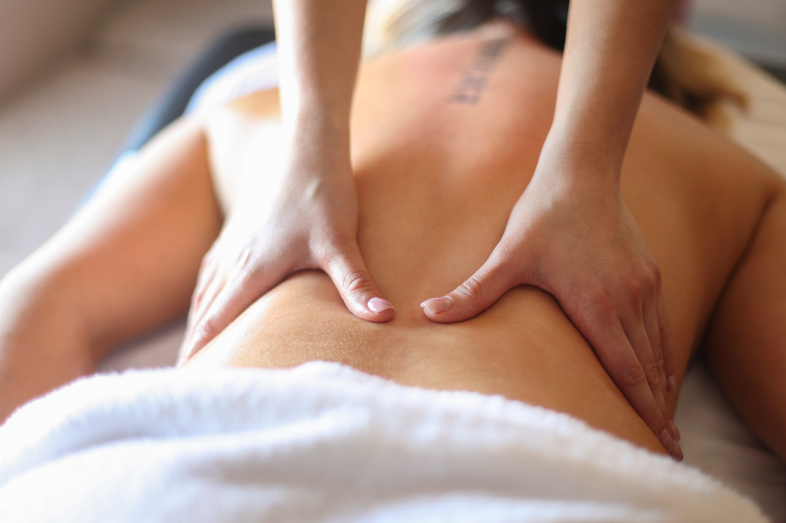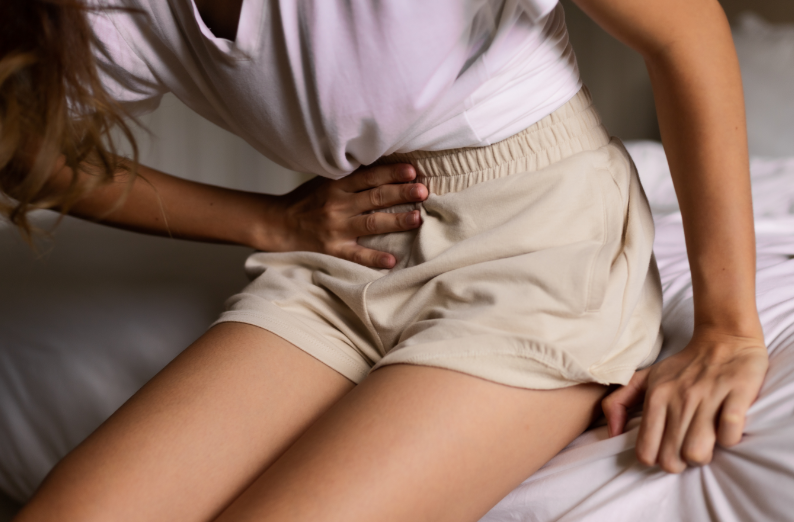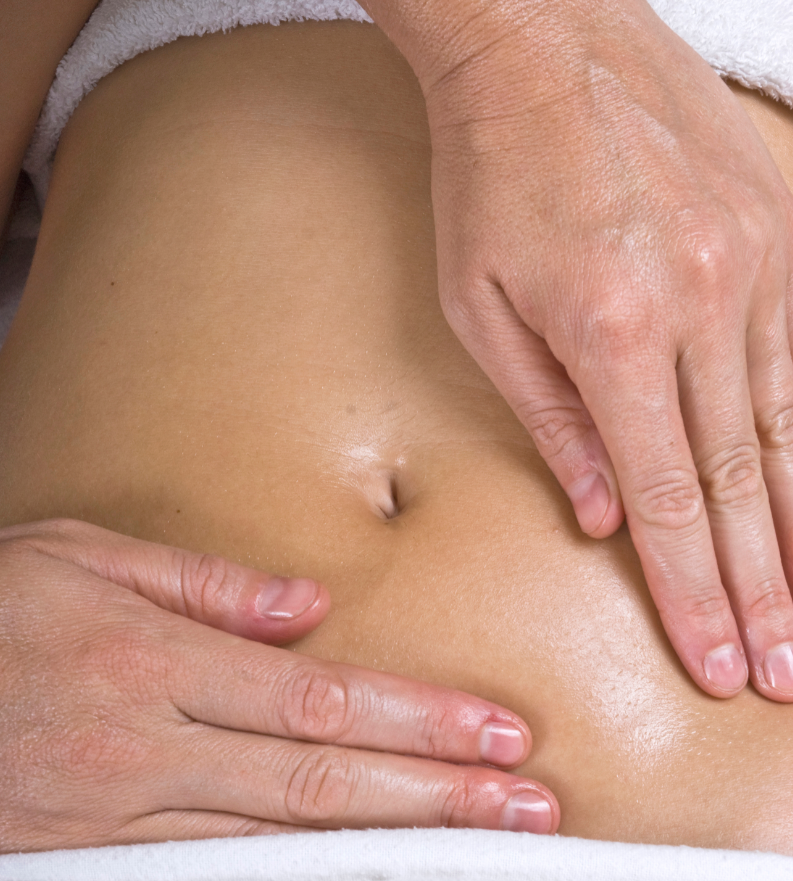Endometriosis can be a debilitating condition, affecting daily life through chronic pain, discomfort, and fatigue. While medical treatments are often essential, massage therapy has become an increasingly popular option for managing symptoms naturally. For those considering massage therapy for endometriosis, it’s important to understand what techniques are involved and how they can help relieve pain and discomfort.
Understanding Endometriosis Symptoms
Endometriosis occurs when tissue similar to the lining of the uterus grows outside of it. This often leads to chronic inflammation, pain, and the formation of adhesions (scar tissue), that can make moving, sitting, or simply living your life a challenge. These adhesions can cause a variety of symptoms, including pelvic pain, lower back pain, bloating, and digestive issues. Massage therapy doesn’t remove that tissue, but it can definitely help you manage the tension, pain, and discomfort that come with it.
Read our previous articles on Endometriosis:
Curious about what an endometriosis massage session looks like?
Let’s break it down.
1. Remedial massage
The massage session will typically begin by working on the lower back. The massage strokes will help loosen tight muscles and ligaments, even working up the spine to the shoulders and neck, where even more tension can hide. From here, we’ll target the hips—another common trouble spot for aches and pain related to endometriosis—before moving down to soften, relax, and “flush out” the hamstrings and calves where excess metabolites and inflammation can build up in these often tight tense muscles.
2. Abdominal Massage
Abdominal massage is a core technique in treating endometriosis-related pain. By applying gentle, rhythmic strokes to the abdominal area, this massage improves blood flow, reduces bloating, and promotes relaxation in the muscles. The increased circulation helps reduce inflammation in the tissues affected by endometriosis, providing much-needed relief from tightness and pain.
3. Myofascial Release
Myofascial release focuses on the fascia, the connective tissue that surrounds muscles and organs. With endometriosis, this tissue can become tight and restricted, contributing to pain and limited mobility, especially in the pelvic region, and often the lower back. It’s a bit like trying to smooth out the wrinkles in a sheet—but in this case, the sheet is the fascia in your pelvis and lower back. Myofascial release involves applying sustained pressure to stretch and release tension in the fascia, allowing for greater flexibility and reducing the painful adhesions caused by endometriosis.
4. Trigger Point Therapy
Endometriosis often causes the development of trigger points—tight “knots” in the muscles that can refer pain to other areas of the body. Trigger point therapy involves applying pressure directly to these points to release the knots and alleviate referred pain. This technique is particularly effective in addressing pain in the lower back, hips, and glutes, which are commonly affected by muscle tension associated with endometriosis.
5. Manual Lymphatic Drainage
Manual lymphatic drainage is a technique used to reduce inflammation, bloating, and fluid retention, which are common symptoms of endometriosis. This gentle, rhythmic massage encourages the flow of lymph fluid through the body, helping to flush out toxins and reduce swelling, particularly in the abdominal and pelvic regions. This technique complements other massage methods by addressing inflammation and excess fluid build up.
Comprehensive Care for Endometriosis
While massage therapy can’t completely stop the cause of endometriosis pain, it can definitely help manage the symptoms. By combining techniques that address muscle tension, adhesions, and inflammation, massage can offer serious relief and make daily life a bit more comfortable. A regular massage routine, tailored to your needs, is a great addition to your endometriosis care toolkit – like sliding your feet into perfect pair of comfy slippers after a long day.
At PhysioCentral Annalise Johnson, has a special interest in endometriosis massage. She’s got that special mix of skill and empathy that makes managing chronic endo pain feel less overwhelming.
You can read more about Annalise Johnson, Massage Therapist at PhysioCentral, here.
For those in need of manual lymphatic drainage, Michelle Whitehorn brings her expertise to the table. She works closely with patients to reduce inflammation and bloating through gentle, effective lymphatic drainage techniques.
You can read more about Michelle Whitehorn, Massage Therapist at PhysioCentral, here.
Together, Annalise and Michelle work closely to provide comprehensive, personalised care for women dealing with the challenges of endometriosis, ensuring no area is left untreated.
If endometriosis has been making life a bit too challenging lately, Annalise and Michelle at PhysioCentral are here to help you find some much-needed relief. Book a session today, and let’s get your body back on track – because you deserve to feel your best, even if your endometrial tissue has other ideas!

Annalise Johnson. Massage Therapist at PhysioCentral. Miranda. The Sutherland Shire.

Michelle Whitehorn. Massage Therapist at PhysioCentral. Miranda. The Sutherland Shire.


